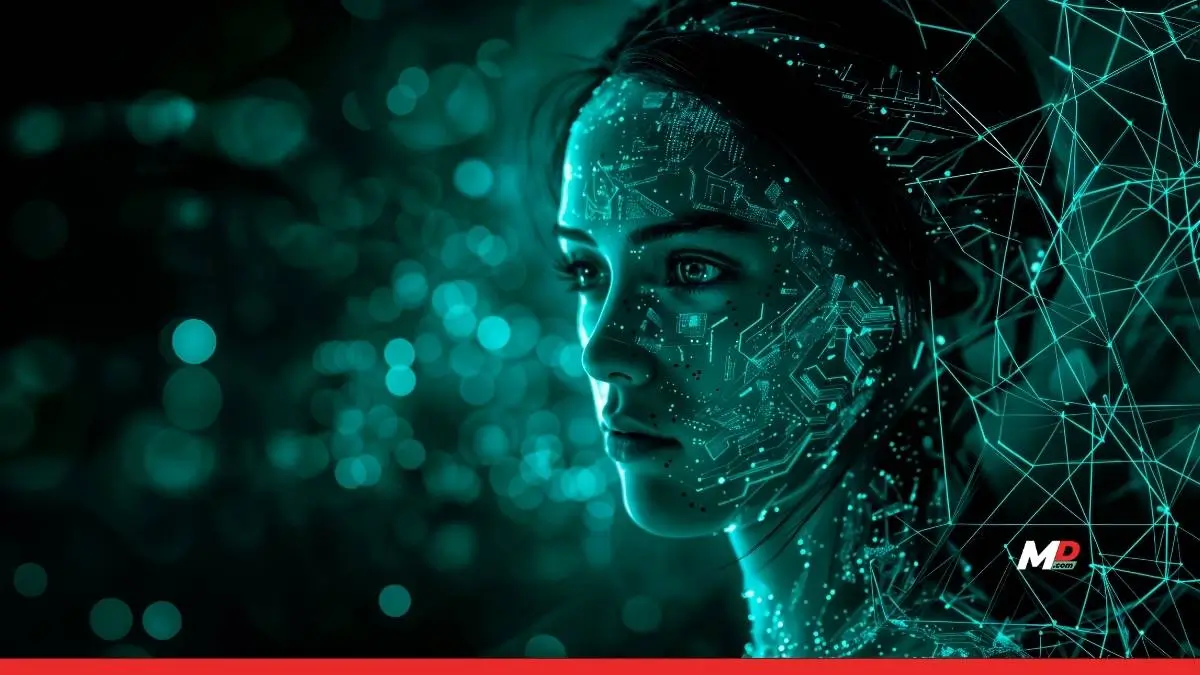Published
8 months agoon

It might be all about gambling on the chips in Silicon Valley, and Sam Altman is ready to play his latest gambit: transforming ChatGPT from a conversational AI into the nucleus of a social network. Musk has called Twitter (still refuse to call it X) a digital town square, but Altman is the one taking that vision and running with it. More than just words and AI-generated images, Altman’s vision for the next stage of OpenAI is blurring the line between human and machine creativity.
OpenAI’s current predicament resembles a gourmet restaurant with a line out the door but a troubling balance sheet. Despite ChatGPT’s meteoric rise to become the fastest-growing consumer application in history, the company is hemorrhaging cash—each conversation with its sophisticated AI models costs computing resources that add up to millions in operating expenses daily.
The social media gambit addresses this existential challenge through multiple avenues.
The Data Hunger Games
Unlike Meta or Google, OpenAI lacks its own firehose of fresh human content. While it has struck deals with media companies and Reddit, these are limited tributaries rather than oceans of data. A social network would transform users from customers into unwitting contributors—each shared creation, comment, and interaction becoming grist for the training mill without requiring additional payment to content creators.
The Sticky Web
In the attention economy, retention is everything. By weaving social connections around AI-generated content, OpenAI could transform ChatGPT from a utility into a digital habitat. When your friends, creative portfolio, and social capital live inside OpenAI’s ecosystem, switching costs skyrocket. It’s the digital equivalent of moving to a new city—possible, but enough friction to make you reconsider.
The Revenue Mirage
Social platforms have mastered the alchemy of turning attention into gold through advertising or premium features. For a company reportedly burning through cash faster than a flamethrower in a paper factory, this proven monetization model beckons like an oasis.
There’s a poetic symmetry to this potential development. We’ve seen our online social evolution from the primitive BBS systems of the 1990s—where text-based connections formed communities like Mumbai’s LiveWire BBS—through the iterations of IRC, ICQ, Orkut, and eventually to the Facebook era. Each transition represented fundamental shifts in how humans connect in digital space.
Now we may be witnessing the next metamorphosis: social platforms building AI capabilities while AI platforms build social capabilities. It’s the digital ecosystem’s version of convergent evolution, with different species evolving similar traits to occupy the same ecological niche.
Beyond cold business logic lies a more human motivation: Silicon Valley’s perennial fear of missing out. Think of it as “everythingism”—a restless corporate impulse to expand beyond core competencies into any adjacent territory showing signs of success, which is ripe for the picking.
But it’s not always a slam dunk. Remember Google+, launched with the full might of Google behind it, now relegated to the digital dustbin? Or Amazon’s Fire Phone, a spectacular flop despite the company’s retail dominance? History suggests that tech giants’ expansionist ambitions often overreach their capabilities.
Yet this time feels different. The integration of AI and social isn’t just adjacent territory—it’s overlapping circles in a Venn diagram that was always destined to merge. When Meta is filling its platforms with AI characters and OpenAI is contemplating social features, we’re witnessing less conquest and more convergence. It was only a matter of time before OpenAI decided to join the social club.
The devil, as always, lurks in the details. OpenAI faces formidable implementation challenges.
The Ghost Town Effect
New social platforms face the classic chicken-and-egg problem—people join platforms where their connections already exist, but connections only form when people join. Without a compelling differentiator, OpenAI risks creating an elaborate digital infrastructure where nobody shows up.
The Content Conundrum
A platform built around AI-generated imagery must navigate treacherous waters between creative freedom and appropriate boundaries. When anyone can generate photorealistic imagery of anything imaginable, content moderation becomes exponentially more complex.
The Authenticity Question
In an era already plagued by misinformation, a platform showcasing increasingly realistic AI-generated content raises profound questions about authenticity. When everything can be fabricated, what becomes of trust?
If successful, an OpenAI social network could represent more than just another business vertical—it could fundamentally reshape our relationship with creative expression. When AI can visualize our most abstract concepts or refine our rough sketches into polished artworks, the boundary between human and machine creativity blurs.
OpenAI is obviously keen on finding a path to profitability, but perhaps more than that, it’s keen to potentially redefine what it means to create in the digital age. Will we become creative directors rather than creators, guiding AI tools to realize visions we couldn’t execute alone? Will collaborative human-AI creation become the new normal? Some answers only lie in the womb of time.
The journey from BBS chat rooms to ICQ, Orkut, and now AI-powered social platforms represents an ongoing renegotiation of how we connect, create, and define ourselves in digital spaces. Whether OpenAI succeeds in this ambitious pivot or joins the graveyard of failed social experiments, the attempt itself signals that we’re entering the next chapter in our collective digital story—one where AI isn’t just a tool we use but potentially a medium through which we connect with each other.


India’s Growth Engines Awarded: Most Preferred Workplaces 2025 Set New People-Centric Benchmarks


India’s Growth Engines Awarded: Most Preferred Workplaces 2025 Set New People-Centric Benchmarks


CBI books Anil Ambani’s son, RHFL in ₹228 Crore bank fraud case


Quick-Commerce Heading for Shakeout as Funding Model Fails, Warns Blinkit CEO


Venkatesh Iyer never looked at us during trials and I thought he was someone with a lot of attitude : Abhishek Nayar


Welspun One expands footprint with 46-acre Talegaon MIDC project; unveils ~INR 550 crore plan for a next-generation logistics park

